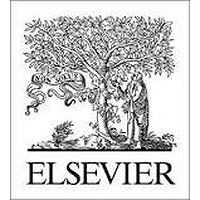During development, the human fetus accrues the highest proportion of fat of all mammals. Precursors of fat lobules can be found at week 14 of pregnancy. Thereafter, they expand, filling with triacylglycerols during pregnancy. The resultant mature lipid-filled adipocytes emerge from a developmental programme of embryonic stem cells, which is regulated differently than adult adipogenesis.Fetal triacylglycerol synthesis uses glycerol and fatty acids derived predominantly from glycolysis and lipogenesis in liver and adipocytes. The fatty acid composition of fetal adipose tissue at the end of pregnancy shows a preponderance of palmitic acid, and differs from the mother. Maternal diabetes mellitus does not influence this fatty acid profile. Glucose oxidation is the main source of energy for the fetus, but mitochondrial fatty acid oxidation also contributes. Indirect evidence suggests the presence of lipoprotein lipase in fetal adipose tissue. Its activity may be increased under hyperinsulinemic conditions as in maternal diabetes mellitus and obesity, thereby contributing to increased triacylglycerol deposition found in the newborns of such pregnancies. Fetal lipolysis is low. Changes in the expression of genes controlling metabolism in fetal adipose tissue appear to contribute actively to the increased neonatal fat mass found in diabetes and obesity. Many of these processes are under endocrine regulation, principally by insulin, and show sex-differences. Novel fatty acid derived signals such as oxylipins are present in cord blood with as yet undiscovered function. Despite many decades of research on fetal lipid deposition and metabolism, many key questions await answers.

Adipose tissue development and lipid metabolism in the human fetus: The 2020 perspective focusing on maternal diabetes and obesity
Review badges
0 pre-pub reviews
0 post-pub reviews
